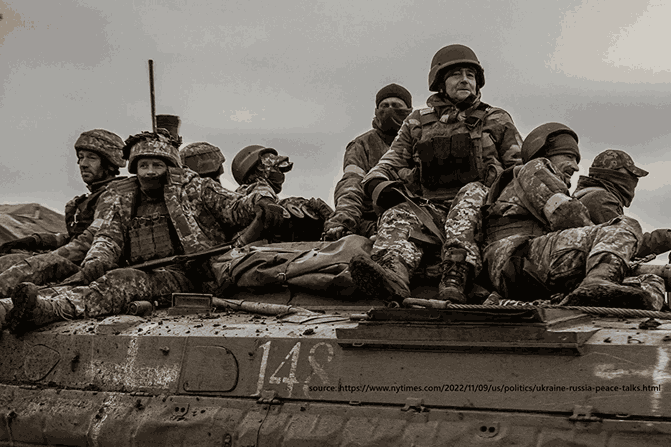Flames in the North: Alberta’s Wildfire Ordeal
Introduction
Alberta, a land of vast forests and quiet prairies, is today caught in the grip of fire. Wildfires, fierce and unyielding, sweep through fields and woods, leaving black scars where green once stood. People flee their homes, skies glow red at dusk, and the scent of smoke lingers for miles. What was once a summer of warmth has turned into a season of ruin.
The 2025 wildfire season in Canada has already carved its place in history as the second worst on record. More than 7 million hectares have been scorched, and still, the flames refuse to rest. In Alberta, the fight is most severe. Fires spark and spread, fueled by winds, drought, and the relentless sun.
This article looks deeply at Alberta’s wildfire ordeal—how it started, how it spreads, what it means for people and nature, and how the world responds.
The Season of Ash
Wildfires are not new to Alberta. For centuries, fire has been both a destroyer and a rebuilder, clearing forests so new growth can rise. But in recent years, the balance has shifted. Flames have grown larger, more frequent, and harder to tame.
This year, the province has faced days where the air is hotter than normal, nearly 10°C above average. Rains fall rarely, and when they come, they vanish too quickly. Forests dry like parchment, and one spark—whether from lightning or human hand—becomes a raging blaze.
In Chipewyan Lake, over sixty buildings have already been lost. Families stand helpless as fire swallows the places where they lived, learned, and prayed. In other towns, alarms sound, and people pack hurriedly, carrying children, pets, and a few belongings, leaving behind everything else.
Smoke That Travels
Fire does not only burn trees; it also creates smoke that travels like a ghost. It drifts beyond Alberta, crosses Canada, and floats into the skies of the United States. In some cities, people wake to an orange sun hidden behind a veil. The air tastes bitter, and breathing becomes a struggle.
Doctors warn that the fine dust in wildfire smoke is dangerous. It enters lungs, seeps into blood, and harms the heart and brain. For children, elders, and those already weak, even short exposure can cause illness. Across the border, in Minnesota and other U.S. states, “maroon alerts” have been raised—the highest level of air danger.
Farther still, smoke has reached Europe. The sky above London and Paris, usually grey or blue, has held faint streaks of Canadian fire. This shows that wildfires are no longer a local problem; they are global.
A Global Season of Flame
Though Alberta is now in the spotlight, the whole of Canada suffers. From British Columbia to Nova Scotia, more than 5,000 fires have erupted this year. Over 8 million hectares have burned—a space larger than many countries.
This scale of destruction is rare. Only once before has Canada seen worse, and experts warn that the fire season may stretch into autumn. Normally, cooler air and rain bring relief in September. This year, the heat continues.
The Fight on the Ground
Against the fires stand brave men and women—firefighters who work day and night. They cut down trees to build firebreaks, dig trenches, and spray water on advancing flames. Helicopters fly above, dropping water from lakes. Airplanes release clouds of red retardant to slow the spread.
Yet the fire often outpaces them. Winds shift suddenly, flames leap rivers, and embers travel miles, starting new blazes. Firefighters describe it as a battle with a living beast—fast, clever, and merciless.
Alberta has received help from faraway lands. Crews from Australia, New Zealand, Chile, and Costa Rica have flown in to lend hands. Other provinces in Canada have also sent teams, proving that in crisis, borders blur and unity grows.
The Human Burden
For those living in fire zones, the crisis is heavy. Families are torn from homes they built over decades. Farmers watch fields turn to cinder. Indigenous communities, tied deeply to the land, lose not only houses but sacred spaces and ancestral grounds.
The government offers shelters, food, and aid. Volunteers bring clothes, medicine, and comfort. But grief remains, for no money can replace a home filled with memories or a forest that held generations of wisdom.
Children especially feel the weight. They see schools closed, friends scattered, and skies darkened. Psychologists warn of lasting scars—not from burns, but from fear and uncertainty.
Nature in Peril
Beyond people, the wild also suffers. Deer, moose, and bears flee into rivers and fields, often trapped by the flames. Birds abandon nests. Smaller creatures—rabbits, squirrels, insects—perish in great numbers.
Forests that took centuries to grow are lost in hours. Soil, once rich, becomes weak and unable to hold water, raising the risk of floods when rains finally return. Streams turn black with ash, choking fish and other life.
These losses ripple outward. Nature is a web, and when one strand breaks, many others tremble.
The Root of the Firestorm
Scientists point to climate change as the deeper cause. Rising global temperatures mean longer summers, harsher droughts, and drier forests. What once was a natural cycle of fire and regrowth has turned into a crisis of constant burning.
Alberta’s plight is a signal to the world: climate change is not a distant storm, but a fire already at our doorstep. Without strong action to cut emissions, these blazes will grow fiercer, more frequent, and more costly.
Policy and Preparation
The government of Alberta has pledged over $160 million to strengthen firefighting efforts. This money will bring more aircraft, train more crews, and fund programs that reduce risks—such as controlled burns and clearing brush near towns.
On the national stage, Canada debates creating a permanent firefighting force, much like disaster agencies in other countries. Leaders know that the old way—fighting fires only when they come—is no longer enough.
Globally, the G7 nations have signed the Kananaskis Wildfire Charter, promising to share knowledge, tools, and manpower across borders. Fire, after all, does not honor maps.
Lessons in Ash
Each wildfire leaves behind not only destruction but also lessons. Communities learn the value of preparation—keeping emergency kits, planning escape routes, and building with fire-resistant materials. Governments learn the cost of delay and the need for foresight.
But perhaps the deepest lesson is human: that in times of fire, people turn to each other. Neighbors share food. Strangers open doors. Across the world, hearts ache for those in Alberta.
A Glimpse of Tomorrow
What lies ahead is uncertain. Fires may rage for weeks yet, or sudden rains may grant relief. But even if this season ends, another will come. The question is whether humanity will face it wiser, stronger, and more united.
In Alberta, amid the ruins, hope still flickers. Families vow to rebuild. Forests, though scarred, will sprout again. And the human spirit, though tested, refuses to bow.
Conclusion
The wildfire crisis in Alberta is not only a regional tragedy—it is a mirror of the age we live in. It shows the fragility of nature, the weight of climate change, and the resilience of people.
As the smoke drifts across oceans and the world watches, Alberta’s ordeal becomes a warning for all. If we do not act with care and courage, fire will visit again and again, leaving behind only ash and regret.
Yet, in every ember lies a spark of renewal. Out of ruin can come resolve. Out of despair can rise determination. Alberta’s story may yet teach the world that survival is not enough—we must learn to live in balance with the earth, or we will burn with it.




